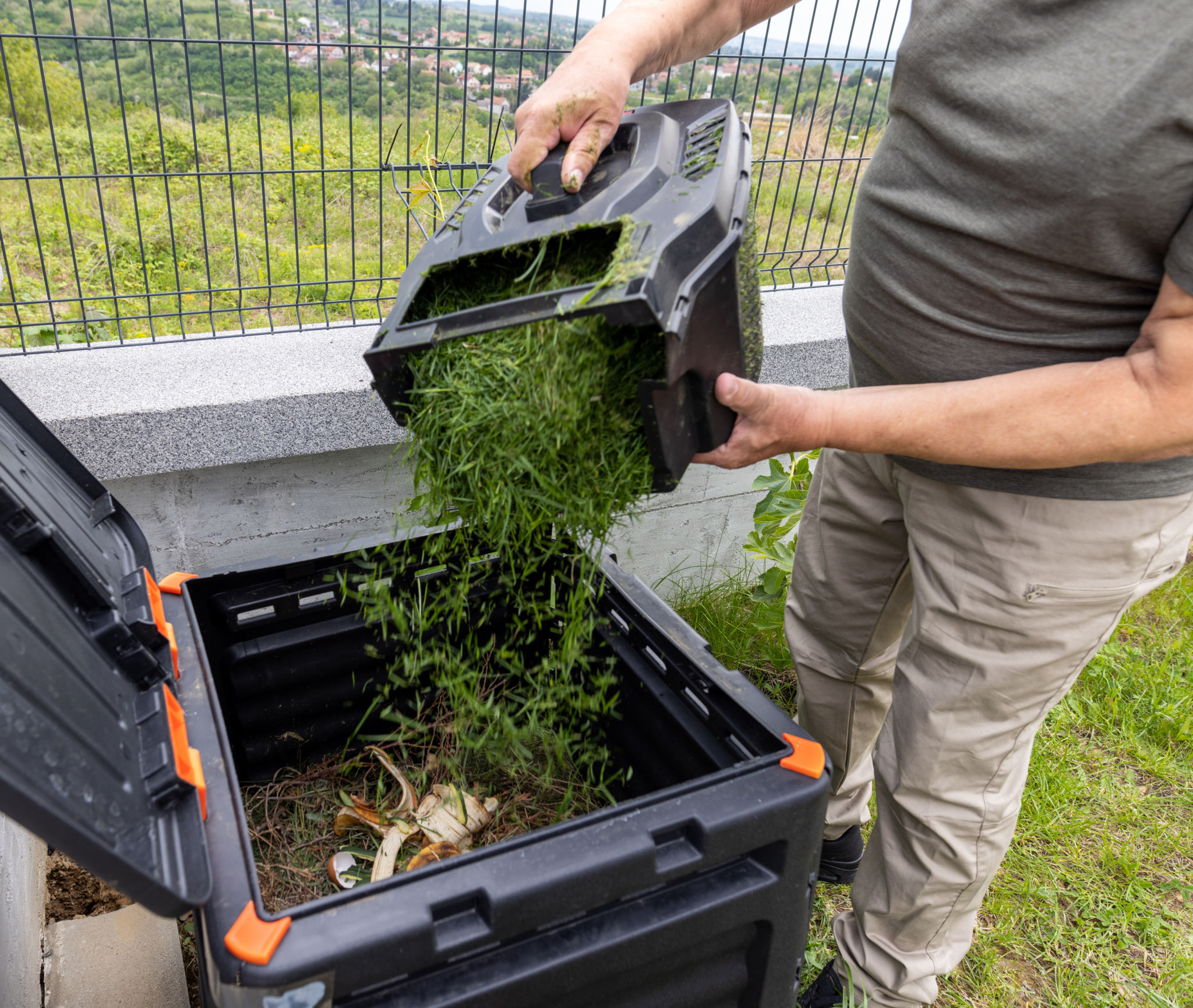Why Aeration and Composting Are Key to a Healthy Lawn in Riverview
The Importance of Aeration
In Riverview, maintaining a healthy lawn requires understanding the unique climate and soil conditions of the area. One essential practice that many locals might overlook is aeration. This process involves perforating the soil with small holes to allow air, water, and nutrients to penetrate the grassroots. It's a crucial step in ensuring that your lawn can absorb the essential elements it needs to thrive.
Aeration is particularly important in areas like Riverview, where soil compaction can be a significant issue due to regular foot traffic and the natural settling of soil. Compacted soil restricts root growth, leading to a weak lawn that struggles to survive in harsh weather conditions. By aerating your lawn, you promote a deeper root system, which results in a more resilient and lush landscape.

The Benefits of Composting
Composting is another key component in maintaining a healthy lawn in Riverview. It involves recycling organic matter, such as grass clippings and leaves, into a nutrient-rich amendment for your soil. This practice not only improves soil structure but also enhances its ability to retain moisture and nutrients, which are vital for robust grass growth.
Incorporating compost into your lawn care routine can lead to a noticeable improvement in grass color and density. Compost provides slow-release nutrients that feed the lawn over time, reducing the need for chemical fertilizers. This natural approach not only benefits the environment but also sustains the health of your lawn in the long run.

How to Aerate Your Lawn
Aerating your lawn in Riverview is best done during the growing seasons, either in early spring or fall. You can use a manual or motorized aerator to make the task easier. The process involves pulling small plugs of soil from the ground, which helps reduce compaction and enhances nutrient uptake.
- Water your lawn a day before aerating to soften the soil.
- Mark any sprinkler heads or shallow irrigation lines to avoid damage.
- Go over the lawn with the aerator in a systematic manner for even coverage.
Steps for Effective Composting
Starting a compost pile is easier than you might think. Begin by collecting organic waste such as grass clippings, leaves, and kitchen scraps. Layer these materials in a designated compost bin or pile, ensuring there's a balance between green (nitrogen-rich) and brown (carbon-rich) materials.
- Turn the compost pile regularly to aerate it and speed up decomposition.
- Keep the pile moist but not waterlogged.
- In about three to six months, the compost should be ready to use on your lawn.

Combining Aeration and Composting
While aeration and composting individually provide significant benefits to your lawn, combining these practices can have an even greater impact. After aerating, apply a layer of compost over your lawn. This allows nutrients from the compost to penetrate deeper into the soil through the aeration holes, promoting healthier root systems and more vigorous grass growth.
This combination not only supports a vibrant lawn but also encourages biodiversity in your yard. Healthier soil attracts beneficial organisms like earthworms and microbes that further enhance soil quality, creating a self-sustaining cycle of growth and renewal.
Conclusion
In Riverview, where climate and soil conditions can pose challenges to lawn care, adopting practices like aeration and composting is essential for achieving a thriving landscape. By investing time and effort into these sustainable methods, you can enjoy a lush lawn that enhances your home's curb appeal while supporting local ecology.
Embrace these eco-friendly practices and watch your Riverview lawn transform into the envy of the neighborhood. A healthy lawn is not just about aesthetics—it's about creating a resilient and sustainable environment for years to come.